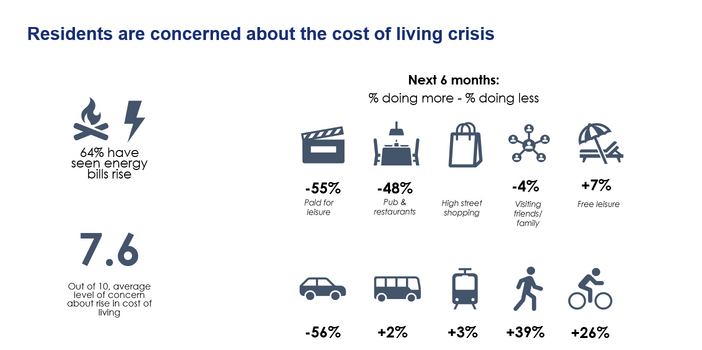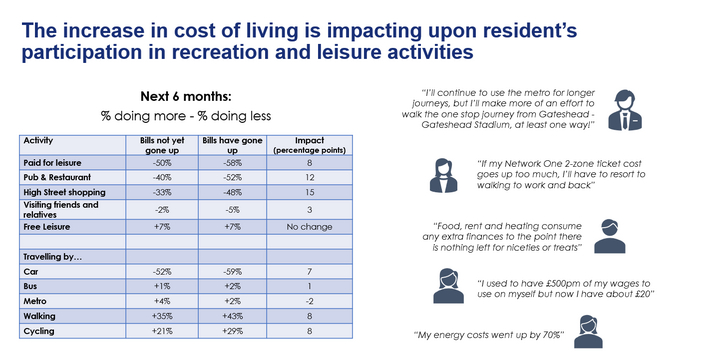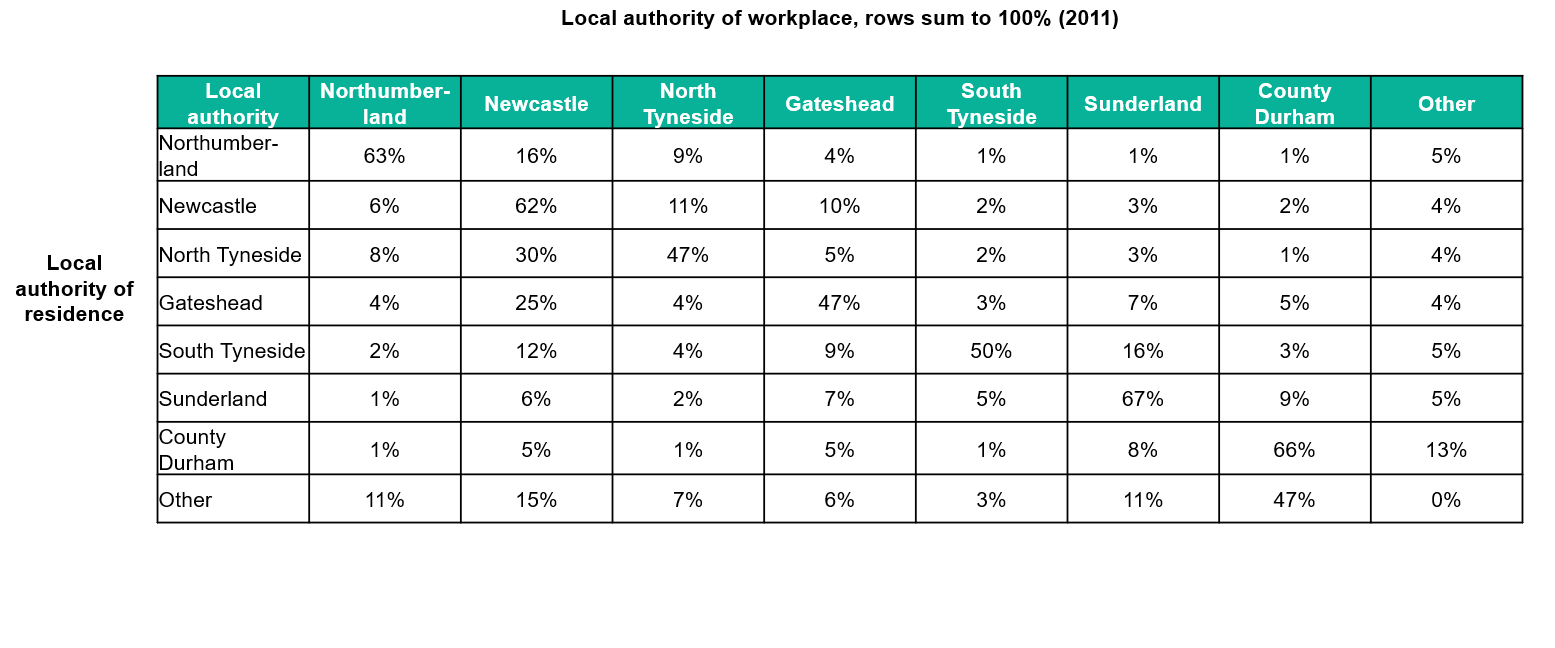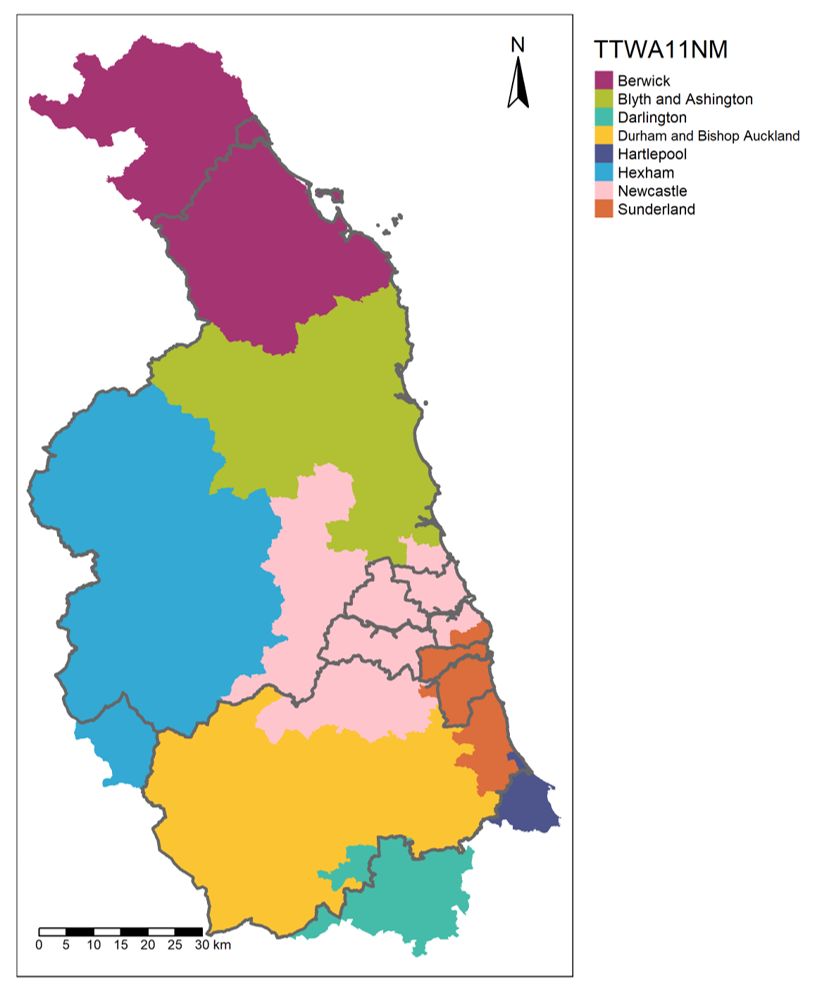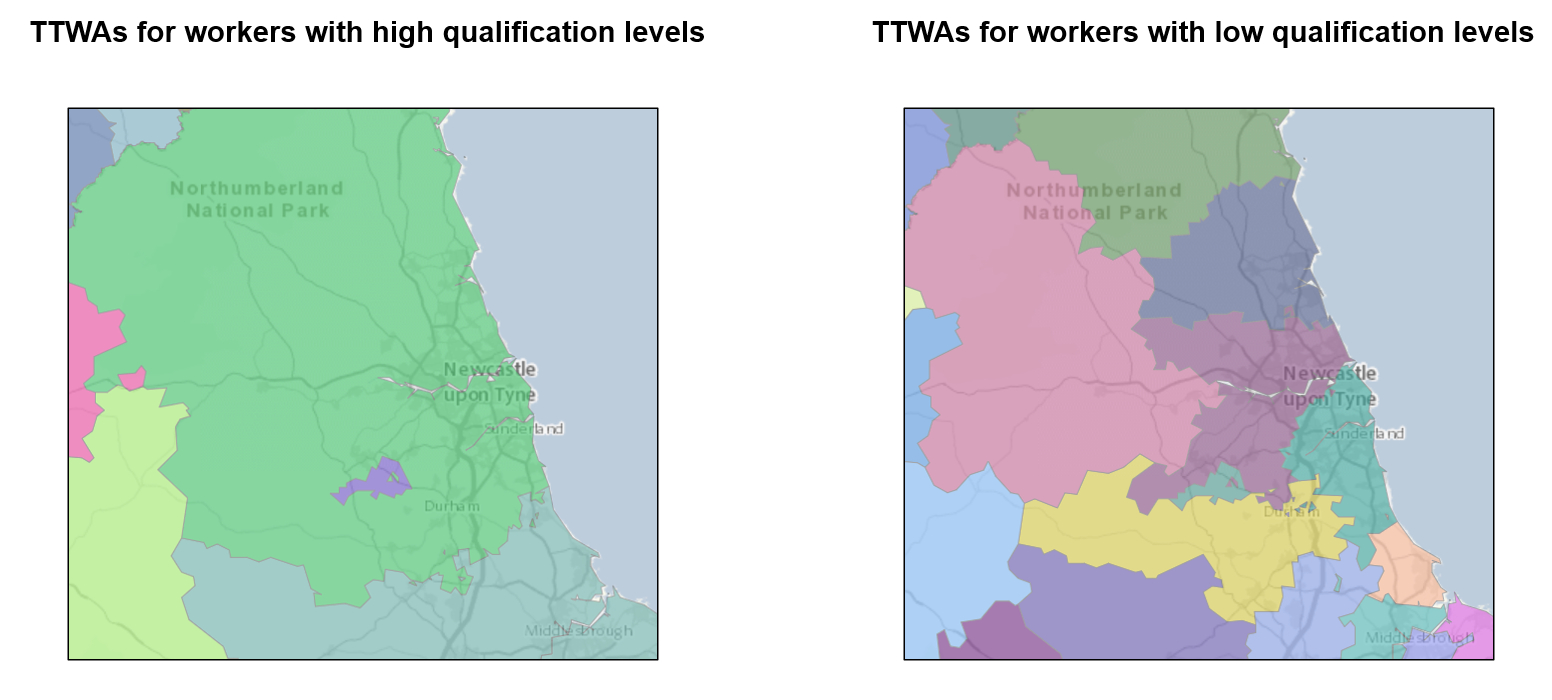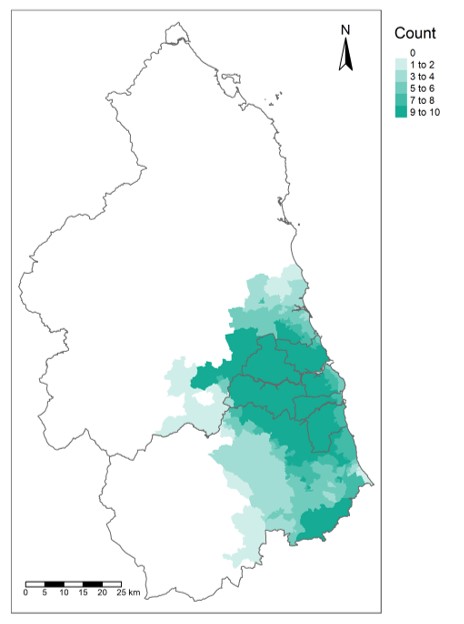About this investment theme
The focus for this investment theme is to:
- Strengthening our social fabric and fostering a sense of local pride and belonging, through investment in activities that enhance physical, cultural and social ties and amenities, such as community infrastructure and local green space, and community-led projects
- Build resilient and safe neighbourhoods, through investment in quality places that people want to live, work, play and learn in, through targeted improvements to the built environment and innovative approaches to crime prevention



